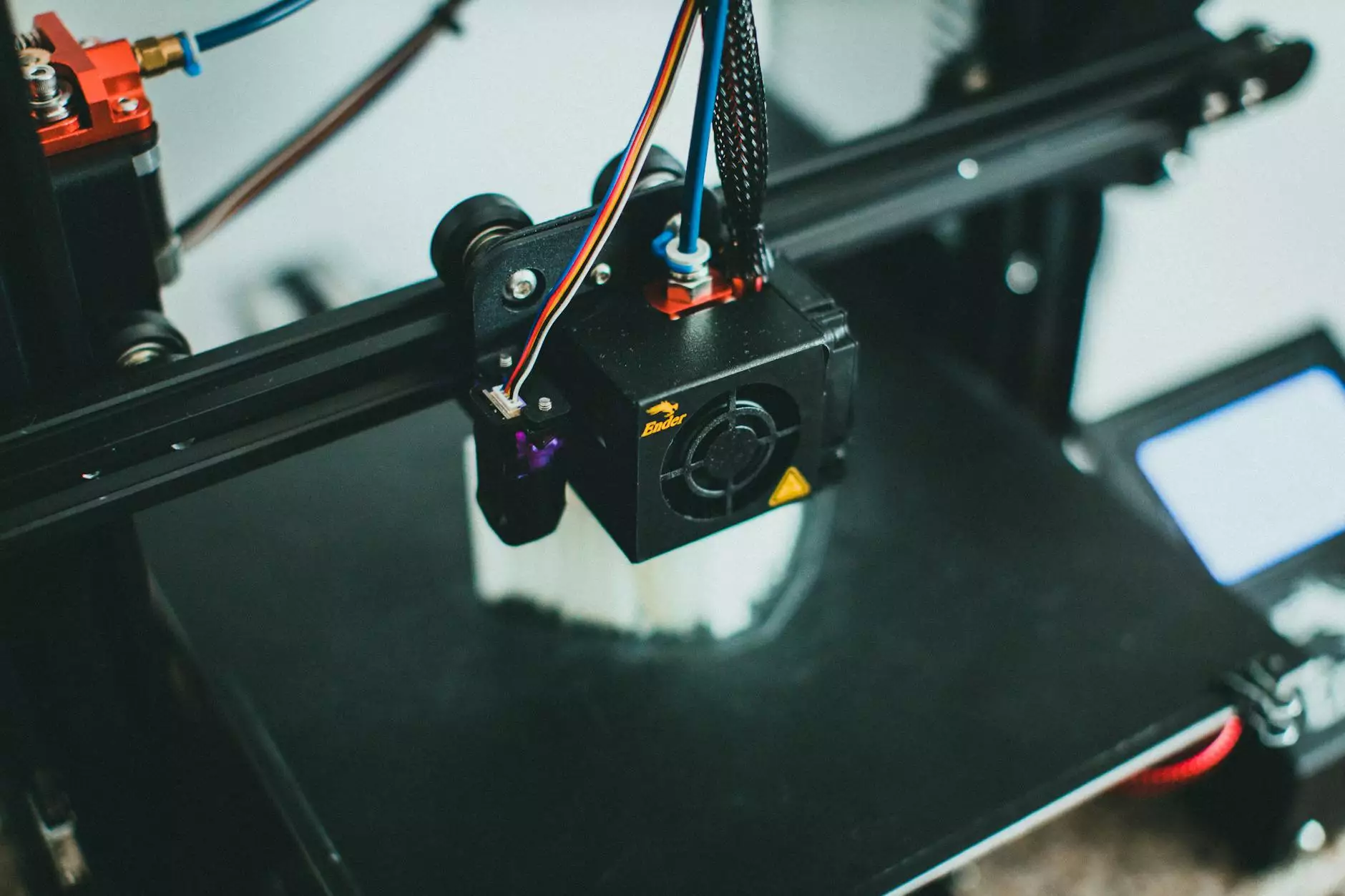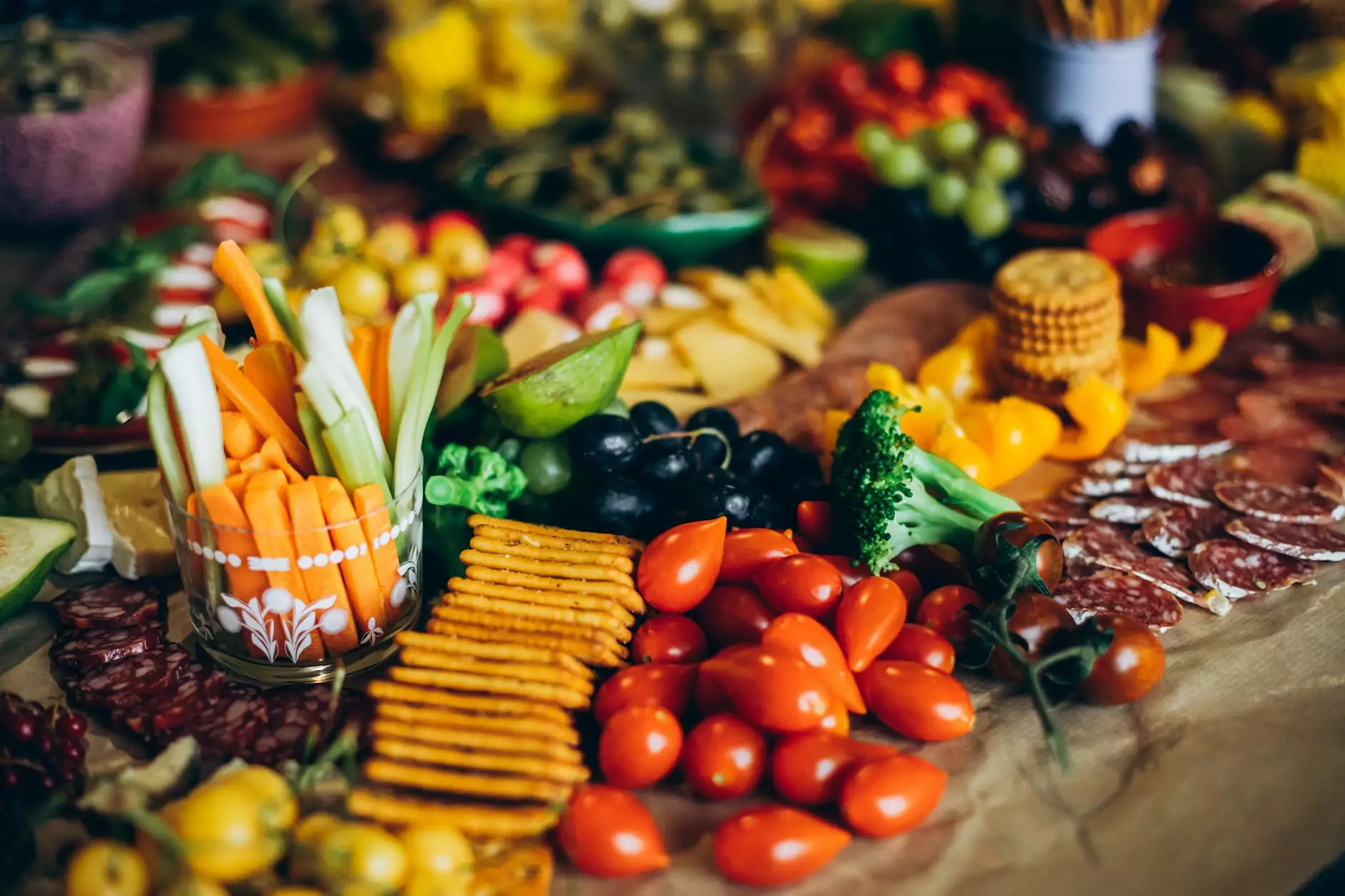Understanding DIN Fittings: The Backbone of Efficient Connectivity

When it comes to industrial and commercial piping systems, DIN fittings play an essential role in ensuring seamless connectivity and efficiency in operations. Originating from the rigorous standards set by the German Institute for Standardization (DIN), these fittings are designed to offer reliability, durability, and performance across diverse applications. This article delves deep into the world of DIN fittings, highlighting their significance, various types, advantages, and where to procure high-quality options.
What Are DIN Fittings?
DIN fittings are specialized connectors and adapters used predominantly in piping systems. Designed according to DIN standards, these fittings ensure compatibility across different piping materials, such as stainless steel, carbon steel, and plastic. Their implementation is vital across numerous industries including construction, manufacturing, and oil and gas. The use of standardization in these fittings guarantees quality, minimizes waste, and enhances safety during installations.
The History and Evolution of DIN Standards
Established in Germany, the DIN (Deutsches Institut für Normung) has been instrumental in setting standards for numerous industrial components since its inception in 1917. The standardization process has evolved over the decades, addressing the increasing complexity and innovation in engineering and manufacturing. The creation of DIN fitting standards was a pivotal step towards enhancing interconnectivity, safety, and consistency across mechanical components, paving the way for global trade and integration.
Types of DIN Fittings
DIN fittings come in various types, each designed to meet specific operational needs. Below is a comprehensive overview of the most common types of DIN fittings:
- DIN 2353 Fittings: Widely used in hydraulic applications, these fittings provide robust connections for high-pressure systems.
- DIN 2999 Fittings: Primarily used for gas and water pipelines, their design ensures leak-proof connections.
- DIN 8063 Fittings: Ideal for plastic pipes, these fittings are widely favored in the plumbing industry.
- DIN 3486 Fittings: Suitable for agricultural and chemical applications, these fittings excel in preventing corrosion.
- DIN 11851 Fittings: Commonly used in food and pharmaceutical industries, they facilitate hygienic connections for sensitive applications.
Benefits of Using DIN Fittings
Utilizing DIN fittings in piping systems comes with numerous advantages that enhance overall functionality, safety, and longevity. Here are some key benefits:
1. Enhanced Compatibility
Since DIN fittings are manufactured to standardized specifications, they provide superior compatibility when combined with various materials and systems. This universal applicability simplifies design and installation processes across multiple projects.
2. Improved Safety
DIN fittings are engineered to withstand challenging conditions, including high pressure and extreme temperatures. Their robust design reduces the risk of leaks and failures, subsequently improving overall safety in industrial environments.
3. Cost-Effective Solution
By ensuring efficient installations and reducing maintenance requirements, DIN fittings offer a cost-effective solution over the long term. The durability and reliability of these components contribute to lower operational costs.
4. Easy Availability
Being widely recognized and used, DIN fittings are readily available in the market. Businesses can source them easily through suppliers like Fitsch.cn, ensuring timely procurement for projects.
5. Compliance with International Standards
Using DIN fittings assures compliance with international standards, leading to greater peace of mind in regulatory environments. This certification is especially crucial in industries like pharmaceuticals and food processing.
How to Choose the Right DIN Fittings
Selecting the appropriate DIN fittings for your application requires careful consideration of several factors:
- Application Type: Determine the intended use of the fittings, whether for hydraulic systems, gas lines, or plumbing.
- Material Compatibility: Ensure the fitting material is compatible with the pipes and the substance being transferred.
- Pressure Ratings: Assess the operating pressure and select fittings rated to handle those conditions safely.
- Size Specifications: Accurate dimensions are crucial for ensuring proper fit and function; always refer to the relevant DIN standards.
- Regulatory Compliance: Confirm that the fittings meet the necessary industry regulations and certifications required for your application.
Applications of DIN Fittings Across Industries
DIN fittings are utilized in a wide array of industries due to their versatility and reliability. Let’s explore some of the most prominent applications:
1. Hydraulic Systems
In manufacturing and industrial sectors, hydraulic systems heavily rely on DIN 2353 fittings to ensure high-pressure connections that facilitate precise control and power transfer.
2. Oil and Gas Industry
The oil and gas sector extensively employs DIN fittings for their durability and ability to withstand harsh conditions, making them essential for pipeline construction and maintenance.
3. Plumbing and Water Supply
DIN 8063 fittings are common in plumbing systems for residential and commercial buildings, offering reliable connections for water supply and drainage systems.
4. Food and Beverage Sector
In food processing and beverage industries, DIN 11851 fittings are preferred for maintaining stringent hygiene standards while allowing easy disassembly for cleaning.
5. Pharmaceutical Manufacturing
Pharmaceutical companies trust DIN fittings for their sensitivity and compliance with sanitation protocols, critical for maintaining product integrity and safety.
Where to Buy High-Quality DIN Fittings
When looking to purchase DIN fittings, selecting a reputable supplier is essential to ensure you receive quality products that meet industry standards. Fitsch.cn is a trusted resource for high-quality fittings available for sale, catering to various industrial needs. With a commitment to excellence, they provide an extensive selection of DIN fittings, ensuring you find the perfect solution for your project.
Conclusion
DIN fittings are a critical component in any piping system, providing a blend of reliability, compatibility, and safety that is essential for efficient operations across various industries. Understanding the numerous types, benefits, and applications of these fittings will equip businesses and professionals with the knowledge needed to make informed decisions. For businesses seeking top-quality fittings, Fitsch.cn stands out as a highly recommended provider, ready to meet your fitting needs with superior service and products.









